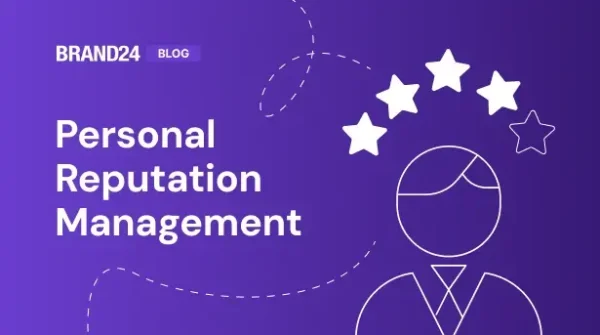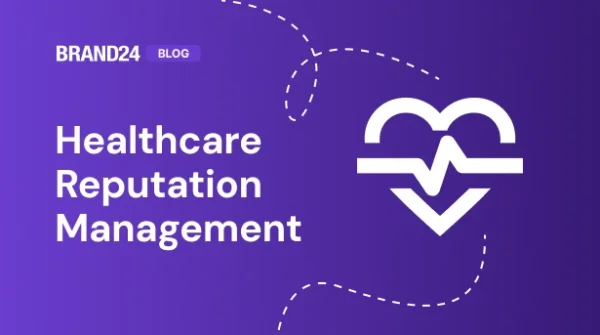5 Best Practices for Engaging Online Customers
So you made it! Another one of your website visitors clicked on the “order” button, purchasing the service or product you offer. Now, if everything goes well, you will get not only that long-awaited revenue, but much more. But first, you need to focus on your online customer engagement and social media strategy. Do it wrong, and you’ll risk a lot. Do it right and you will have a win-win situation.
Interacting with clients has never been as easy as it is now thanks to technology. What would we do without social media monitoring, live chats or help desk soft? But there are still some companies out there that just don’t seem to understand the true importance of customer engagement. What they do instead is keep on pushing even more sales down their clients’ throats. Not really nice, is it?
There’s already a plethora of “ultimate” guides on different aspects of customer engagement and social media strategy. That’s why in this text I put forward a humble list of the best practices that should work well in diverse contexts. And to learn what’s really important, I reached out to a handful of SMEs owners and marketers who shared their ideas on the topic.
Yet before we start, let’s first briefly consider why focus on engaging online customers is worth your time.

What Will You Win With the Right Approach to Online Customer Engagement?
Customers are the lifeblood of your business. Although marketing folks seem to obsess about closing a sale, reaching this part of the sales funnel is in fact only the beginning. There should be little doubt that customer service is the new marketing. You want your clients to feel satisfied and taken care of at all times. Do it right and you’ll win much more than just loyalty and revenue from renewed contracts.
Make ’em happy and they will spread the word about you. And their friends and family are probably the best quality leads you could ask for.
You can also save a lot of money you’d otherwise have to pour into market research for product or service development. Customer feedback can help you uncover flaws in your offering and ways to make it work better.
But to make that magic happen, you first need to focus on customer engagement and adjust your social media strategy accordingly. Here’s how to go about it.
#1 Make Your Customer the Centre of Your Solar System

Remember the time when people thought the sun revolved around the Earth? It took a few generations and more than one martyr to prove otherwise. Similarly, some companies still tend to forget that it’s their business that moves around the client and not the other way round.
As Aadil Seedat, a senior relationships manager at Umbrella Host points out,
“Clients don’t care about you… So when engaging online – be it via email, social media or advertising, always ensure you’re constantly providing value to customers and offering solutions to problems”
Think about each step of your customer experience and be empathetic. Your clients just trusted you and spent money on your product or service. Do your onboarding materials provide them with real value in return? Are your user guides focused on solving the problems your customers approached you with in the first place? Are your emails really useful or are the better suited to the junk folder of their inbox?
The better you are at putting yourself in your clients’ shoes to find out what the entire experience looks for them, the more successful you will be at customer engagement.
#2 Build a Community Around Your Customers’ Needs
Online communities and fora have been around for ages – and it seems they’re here to stay. Their main advantage is that you can directly interact with your customers: answer their questions, discuss, or simply keep them updated about all issues they care about.
As marketing practitioner Eddie Velez says, it’s useful to hang out and engage where your customers are – Quora, Alignable etc. “You must meet them where they are, before you can take them where you want them to go” comments Velez. That’s why it’s great to check popular networks, such as Facebook or LinkedIn Groups as they provide you with the possibility to create communities. Plus your customers most probably are already there.
Such platforms provide great opportunities for engagement, both at the B2B and B2C levels, confirms Lukasz Zelezny, a London-based digital marketing expert. To make the most of them Zelezny recommends using tools such as Commun.it, which can be a sort of “a Swiss Army knife” for dealing with communities on a daily basis.
A bit of social automation shouldn’t foreshadow the real sense of online communities, namely direct interaction. As Matt Plowman of Cardiff Sports Nutrition comments, it was through continuous dialogue and immediate dealing with all issues that helped them to build a loyal base.
Asking community members for their opinion, organizing polls and contests are just some of the things that can help you to keep your customer engagement and interaction levels high. Make sure you include them in your social media strategy.
#3 Embrace the Power of (Social) Listening
Listening is key for online customer engagement. As David Christopher of Tailwind comments, it led to some big strides forward for their product. Their team conducts regular calls with clients when they try to understand what features are really needed. Christopher comments:
“It almost feels like we’re working together in the development of the product. As a result, we have more customer advocates.”
You should also take advantage of social listening.
Social listening lets you find and tap into conversations that may be taking place around your brand and industry. You can start interacting with your fans or customers even without being directly tagged.
Besides, social monitoring lets you identify your most active users, some of which may happen to be real influencers. So you get the chance to find out who these people are and then adjust your message to their needs.
Accept the good, together with the bad and the ugly. As your social insights come in real-time, you can react immediately. If dealt with asap, potential harm can be stopped. Remember about it when adjusting your social media strategy.
For more ideas on using social listening tools for your business, check this post -> our guide to social listening.
Or simply see it in action and start your free 14-days trial.
#4 Leverage Quality Content & Exclusive Offers
Quality content is necessary for all forms of marketing. One of the best practices for engaging online customers is by giving them relevant and helpful information, at the time and in the form they need it.
For instance, Planning POD provides posts and whitepapers focused on their industry top tips and news, which then get shared with their clients via newsletter. Pratik Shah of Grin App also recommends refraining from overly salesy messages in your emails to only focus on pieces of information that present value for the receiver.
Mitch Goldstone of Scan My Photos says that his company curtailed all advertising expenses, instead focusing on engaging online customers with professional content. This switch resulted in nearly a 35% increase in online orders.
You could also prepare a special offer only available for your newsletter subscribers and clients. This could be a discount code, exclusive content or some other deal. Anything that will be of value to your users.

#5 Measure & Improve
Famous thinker Peter Drucker is often quoted as saying that “you can’t improve what you can’t measure.” Well, without clear objectives you’ll be stuck in a constant state of a guesswork.
There are several things you should look at when it comes to measuring customer engagement. Vitaliy Verbenko of the Helprace platform mentions that it can usually be measured using churn stats, site activity mapping and feature adoption metrics, while “customer feedback coupled with revenue tracking or a net promoter score (NPS) can shed more light on customer sentiment”.
But if you don’t have a professional CRM or online helpdesk system, even reviewing your web analytics data can tell you a lot about your customer engagement. Check this post to learn more. And remember that you can analyze your customer sentiment with social listening tools. Make it a part of your social media strategy.

Focus on customer engagement can bring you much more than just improved revenue. Use the 5 tips described above to optimize your entire digital experience. Whatever you do, make sure you always keep value for your client foremost in your thoughts. Offer actionable answers to problems your clients came to you with and listen carefully to what they’re telling you. It will pay off!
And how do YOU go about customer engagement online? Leave us your comment!
Author Bio:
Ewa Agata Balazinska is a content & communications manager at Piwik PRO. She mainly covers martech, data privacy and tips on conversion optimization. Goldsmiths grad, bookworm, cyclist.
Related articles
![Brand Reputation: Strategy, Tips & Guide [2025]](https://brand24.com/blog/app/uploads/2024/05/brand_reputation-600x335.webp)



![How to Get More Engagement on Instagram in 2025? [15 Tips]](https://brand24.com/blog/app/uploads/2025/05/how_to_get_more_engagement_on_instagram_brand_image_blog_cover_615x345-600x335.webp)